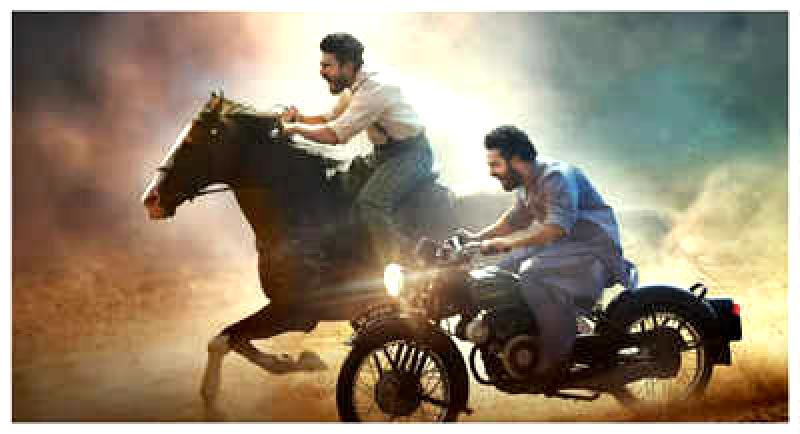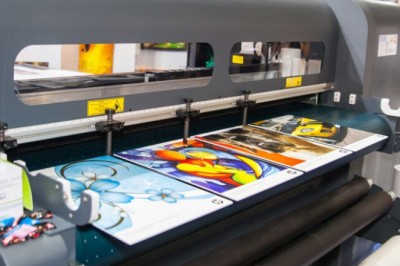
Recent Bollywood films like Fighter, Bade Miyan Chote Miyan, Chandu Champion, and Animal have heavily relied on VFX for their action-packed sequences, explosions, and war scenes. Behind the scenes, VFX artists work tirelessly to bring these effects to life. We spoke with industry experts to learn more about the process.
Neelesh Gore, head of computer graphics at a VFX company who worked on RRR (2022), shared insights on creating VFX for action sequences involving animals. For example, in RRR, a mix of live and CGI horses were used in a chariot scene. Integrating CGI elements into live-action footage requires precision and creativity. Similarly, movies like Fighter (2024) required intricate VFX work, especially for high-stakes sequences such as the climax.
N Vinoth Ganesh, head of production at a VFX company who has experience with films like Bholaa and Animal, highlighted the challenge of creating realistic action sequences on limited budgets and tight deadlines. From intense chases to explosive combat scenes, VFX teams meticulously craft digital environments through matte painting and 3D modeling.
In Animal, the machine gun scene exemplified how VFX teams strive for realism and believability. Ganesh described the challenges of designing a massive weapon in a hotel setting for the film, showcasing the dedication and creativity required to bring unique action sequences to the screen.The narrative was carefully crafted to have a dramatic impact on screen, featuring intense gun sequences with multiple muzzle flashes, debris flying, and people being propelled by the force of bullets. According to Neelesh, the primary challenge faced by Indian VFX teams in achieving Hollywood-level sequences is limited budgets. Despite high expectations for top-notch quality, budget constraints and tight schedules pose obstacles, especially when compared to Hollywood standards. Films like Fighter elevate the demand for intricate VFX work, requiring realistic computer-generated scenes with complex physics simulations, explosive effects, and dynamic camera movements. Production designer Rajnish Hedao highlights the reliance on VFX due to fire restrictions and spatial constraints. For instance, in movies like Chandu Champion set during the 1971 India-Pakistan war, VFX were utilized to create anti-aircraft guns and bullet firing scenes. VFX was also essential for creating large-scale elements like tents and choppers, as well as enhancing blast scenes with added impact. The transformation of the VFX industry by AI is anticipated, with veteran expert Neelesh Gore stating that AI will revolutionize workflows, introduce innovative tools, and drive creativity within VFX teams. Embracing AI technology is crucial for embracing these advancements effectively.Neelesh emphasizes that AI technologies are transforming various aspects of VFX production, such as streamlining repetitive tasks, increasing efficiency, advancing realtime rendering, motion capture, animation, content customization, and cutting costs. Meanwhile, N Vinoth Ganesh mentions that his team is leveraging AI to boost productivity while maintaining creativity. However, achieving truly realistic and lifelike outcomes in VFX remains a hurdle that demands further advancements in the field.











